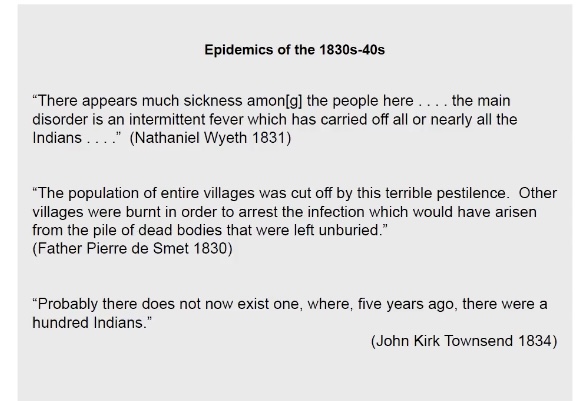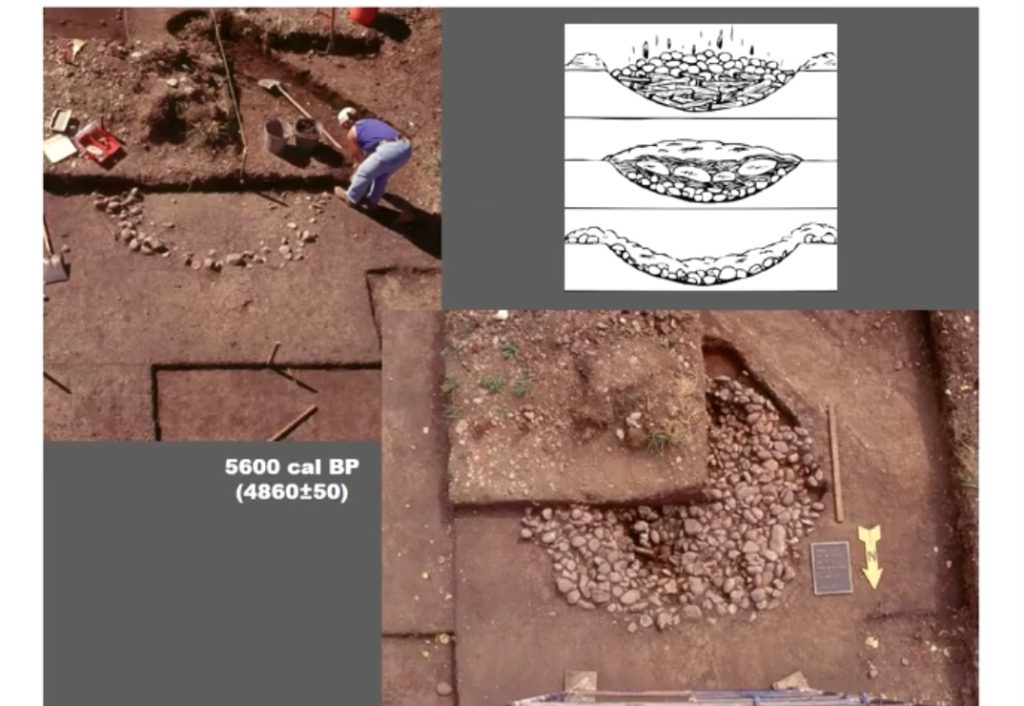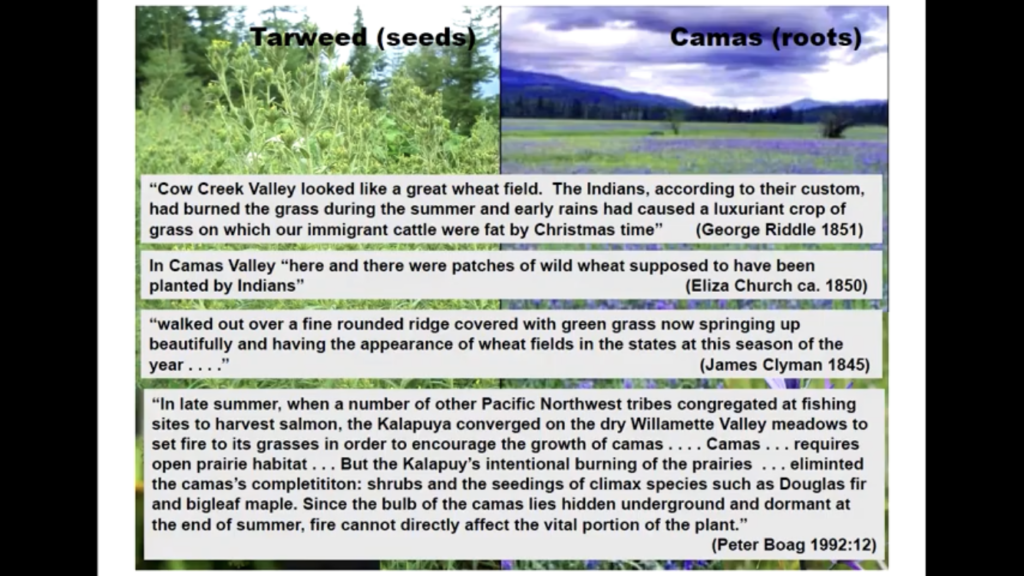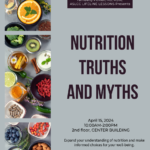
In 1834 John Kirk Townsend, a naturalist at the time, said of the Kalapuya, “probably there does now exist one, where, five years ago, there were a hundred Indians.”
By Chandlor Henderson
The Willamette Valley prior to being this liberal haven we all love was home to the Kalapuya people for 14,000 years. Through multiple epidemics, violence and forced indoctrination these lands are now called Lane County. The Torch would like to acknowledge the peoples whose land we are on this Thanksgiving.
When Lewis and Clark reached Oregon in 1805, they documented roughly 15,000 natives in Oregon. What many don’t know is that before Lewis and Clark arrived in Oregon the tribes had already survived two separate smallpox epidemics. The first being from 1770 – 1775, and the second 1801 – 1802. Smallpox and other diseases were brought by White colonizers settling in the West.
Smallpox is an infection caused by the variola virus. By inoculating a 13-year-old child with cowpox in 1976, Edward Jenner noticed the child developed immunity to smallpox. This discovery led to the development of the smallpox vaccine.
In 1905, the U.S. Supreme Court ruled that states could reasonably infringe upon personal freedoms during public health crises. This led to states mandating vaccines thus making smallpox no longer a threat.
The Kalapuya have lived in the Willamette Valley for over 14,000 years. In contrast, Oregon was granted statehood in 1859, less than 200 years ago. The Kalapuya are now part of the Confederated Tribes of Grand Ronde and the Confederated Tribes of the Siletz Indians of Oregon, which consists of 27 tribes with ties to Oregon.
The ecology of the region has changed dramatically since the arrival of the White colonizer. The Willamette valley was not always the grass seed capitol. The Kalapuya instead planted wheat and camas, maintained through controlled burns every year.
Oregon state legislator George Riddle said in 1851, “Cow Creek Valley looked like a giant wheat field. The Indians, according to their custom, had burned the grass during the summer and early rains caused a luxurious crop of grass on which our immigrant cattle were fat by Christmas time.”
Camas stoves can be found throughout the valley, as camas was used for food and trade with other tribes. It served as an important component of tribal diets in Oregon for 10,000 years.
Out of respect for the Kalapuya, this article will not go into detail on the violence perpetrated by White Europeans on native people for hundreds of years. Nor the systematic erasure of their culture through schools and biological weapons. But, the tragedy of colonialism is real and must be acknowledged.
We at The Torch want to acknowledge the people who were here before us, the people who are here today, and the people who will be here in the future.
On this American holiday be kind to your neighbors. If you consider yourself an ally, educate yourself on the people who maintained these lands for thousands of years. The Kalapuya are still here.
Editor’s note. While researching my own Native heritage which has been erased due to colonization and anti-Blackness, I feel a particular sadness on this day. Please watch the attached videos to learn more about the Kalapuya.
Correction. Wheat was not grown, although the fire management of seed-bearing annuals and grasses looked like wheat fields.








The phrase “Standing on the shoulders of giants” is a metaphor which means “Using the understanding gained by major thinkers who have gone before in order to make intellectual progress”. The Kalapuya were remarkable in their time, in their way, but the metaphor could scarcely be less appropriate.
Its most familiar and popular expression occurs in a 1675 letter by Isaac Newton: “If I have seen further it is by standing on the shoulders of Giants.” Indeed, the ultimate outcome of the scientific and philosophical thinking of the “giants” referenced by Newton was the complete transformation of the Williamette Valley and near-total destruction of the Kalapuya.
Hi Greg. Thank you for your thoughtful and meaningful response.
If you have time I’d love to talk with you more about this, and potentially see if the title needs to be changed. You can send me an email at editor@lcctorch.com. I am also the author of this article, so I want it to not only be as accurate as possible but have the most positive impact.
I look forward to our discourse. Thank you.